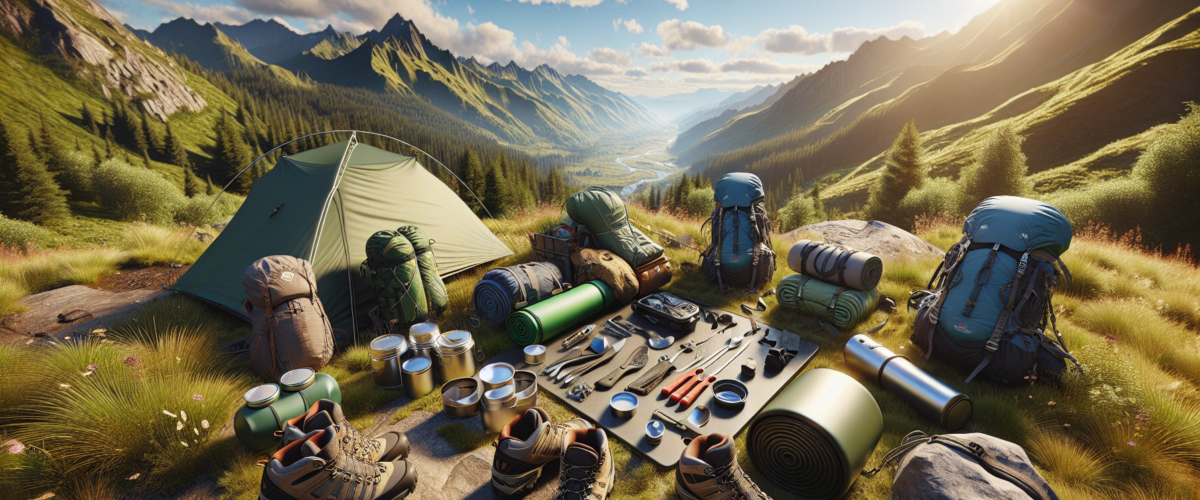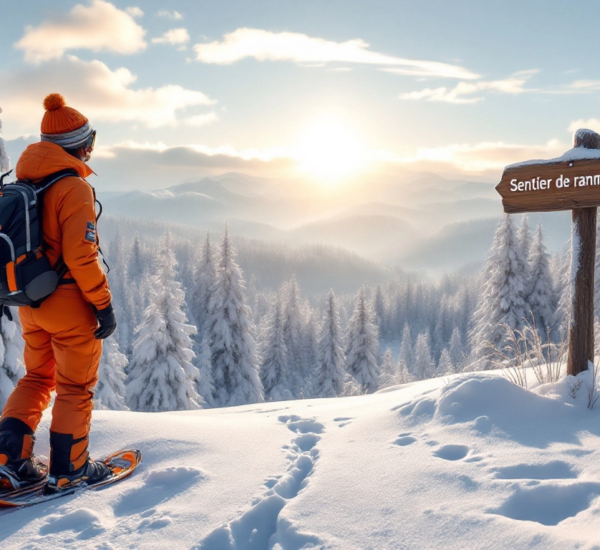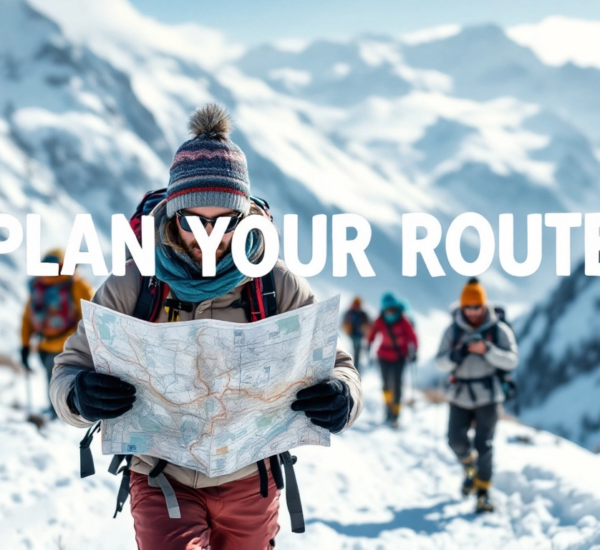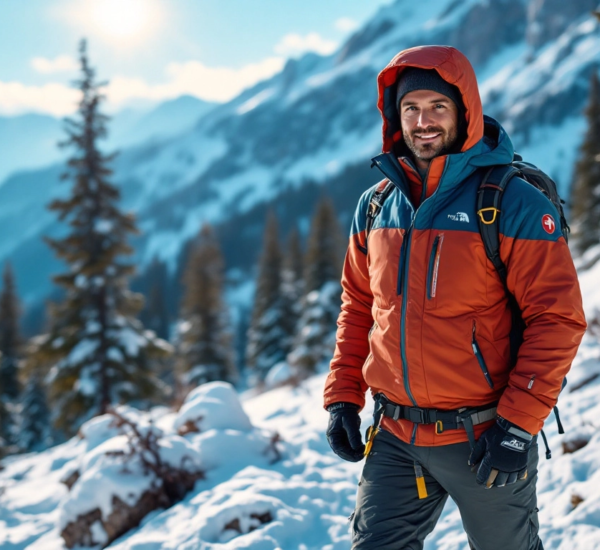Embrace the freedom of the trail with ultralight hiking: a minimalist approach to adventuring that allows you to cover more ground with less burden. Whether you’re a seasoned backpacker or a beginner looking to simplify your outdoor experience, ultralight hiking opens the door to a new way of exploring the great outdoors. By focusing on *ultralight hiking gear*, learning effective *ultralight hiking tips*, and creating the right *ultralight hiking setup*, you can transform your outdoor journeys into efficient and enjoyable escapades. Ready to take the plunge into minimalism? Let’s walk you through everything you need to know to master ultralight hiking.
Table of Contents
- What is Ultralight Hiking? A Beginner’s Overview
- Benefits of Ultralight Hiking: Why Go Minimal?
- Ultralight Hiking Gear: Essentials for Success
- Top Ultralight Hiking Tips for Smarter Adventures
- How to Build the Perfect Ultralight Hiking Setup
- FAQs About Ultralight Hiking
What is Ultralight Hiking? A Beginner’s Overview
Ultralight hiking is a minimalist approach to backpacking designed to reduce the weight a hiker carries. Typically, this means keeping your pack weight under 10 pounds. The philosophy revolves around choosing lightweight, multipurpose gear and prioritizing only the essentials, allowing you to focus on endurance, efficiency, and the joy of the trail.
Key Differences Between Ultralight and Traditional Hiking
Unlike traditional backpacking, which often emphasizes comfort and carrying extra conveniences, ultralight hiking prioritizes stripped-down gear to improve speed and lessen strain. While traditional setups may include heavy tents, chairs, and cooking systems, ultralight hikers lean on minimalist shelters, streamlined sleeping systems, and efficient cooking tools.
Benefits of Ultralight Hiking: Why Go Minimal?
Physical Advantages
One of the primary physical benefits of ultralight hiking is reduced stress on your body. A lighter pack means less strain on joints, back, and muscles, which can help prevent injuries and fatigue. With a lighter load, you can also cover longer distances and tackle challenging terrain with ease.
Mental and Emotional Rewards
Ultralight hiking isn’t just about physical efficiency—it’s also a mental game-changer. Without the distractions of unnecessary gear, you can immerse yourself fully in nature. The minimalist approach fosters a sense of accomplishment and an intimate connection with your surroundings, enriching your overall experience.
Ultralight Hiking Gear: Essentials for Success
Must-Have Ultralight Hiking Gear
Your gear makes or breaks your ultralight hiking experience. The cornerstone of your setup is the *ultralight hiking backpack*. Look for lightweight options with customizable features, such as roll-top closures and frameless designs, to help cut unnecessary weight. Other essentials include:
- Shelter: Choose between ultralight tents, tarps, or bivvies depending on your destination and weather conditions.
- Sleeping System: Opt for a compact sleeping bag or quilt paired with a lightweight sleeping pad for comfort.
Multi-Purpose Tools and Accessories
Every item in your gear setup should serve multiple purposes to save space and weight. Examples include a titanium spork, a water filtration system that doubles as a bottle, and a knife that functions as a multi-tool. Lightweight stoves or alcohol burners are perfect for preparing hot meals without adding unnecessary bulk.
Clothing and Footwear
Prioritize moisture-wicking, breathable fabrics that perform well in different weather conditions. Many ultralight hikers favor trail runners over heavy boots due to their comfort and versatility on long treks. Pack according to the layering principle to accommodate changing weather.
Top Ultralight Hiking Tips for Smarter Adventures
Packing Smart
Your packing strategy matters just as much as the gear itself. Distribute weight evenly in your *ultralight hiking backpack* to avoid strain. Use a packing list to eliminate unnecessary items and ensure you’re not forgetting the essentials.
Leave No Trace Principles for Ultralight Hikers
As a minimalist adventurer, respecting nature is vital. Follow Leave No Trace principles: pack out all waste, camp on durable surfaces, and avoid disturbing wildlife. These practices ensure your outdoor playground remains pristine for future explorers.
Safety Tips for Ultralight Hikers
While minimizing weight is key, you should never compromise on basics like first aid supplies, navigation tools, and weatherproof gear. Weatherproofing your essentials with drybags and Ziploc bags can go a long way in protecting crucial gear without adding weight.
How to Build the Perfect Ultralight Hiking Setup
Simplifying Your Meals
Lightweight, calorie-dense foods are the backbone of an ultralight setup. Examples include dehydrated meals, high-calorie energy bars, and jerky. Plan your meals in advance to avoid carrying excess food, and use compact cooking gear for easy preparation.
Organizing Your Gear
Divide your gear into modules: sleeping, cooking, clothing, and essentials. Waterproof storage systems ensure everything stays dry, even in wet conditions. Modular packing also reduces the time spent digging through your pack for an item.
Testing and Refining Your Setup
Before embarking on a long hike, test your ultralight setup on shorter practice trips. Use these outings to identify adjustments for improved comfort and efficiency, whether it’s swapping gear or reducing redundancy.
Frequently Asked Questions
What is the best ultralight hiking gear for beginners?
New ultralight hikers should invest in essentials like a lightweight backpack, a compact shelter (e.g., a tarp or bivvy), and a streamlined sleeping system. As you gain experience, you can refine your gear for specific needs.
How do I choose an ultralight hiking backpack?
Key factors to consider include size, weight, and features like adjustable straps and accessibility. Look for a backpack that balances durability with minimal weight, such as frameless designs or roll-top enclosures.
What are the top ultralight hiking essentials?
Your most important items are a reliable shelter, navigation tools, a water filtration system, a compact sleeping bag, and a lightweight cooking setup. These components form the foundation of any successful hike.
Can ultralight hiking gear handle all weather conditions?
Yes, with the right planning. Focus on layering your clothing for adaptability and using waterproofing techniques for weather-sensitive gear like sleeping bags and electronics.
Is ultralight hiking safe for beginners?
Absolutely! As long as you plan accordingly and don’t sacrifice safety essentials, ultralight hiking can be an excellent way for beginners to experience minimalism and efficiency in the outdoors.
Conclusion
Ultralight hiking is more than just shedding pounds from your pack—it’s about embracing a simpler, freer way of exploring nature. By choosing the right *ultralight hiking gear*, following expert *ultralight hiking tips*, and refining your *ultralight hiking setup*, you can unlock a world of adventure with less burden. Start slow, test your setup, and adapt to your needs. Ready to hit the trail with your minimalist mindset? Share your ultralight hiking stories or favorite gear in the comments below and inspire your fellow adventurers!




